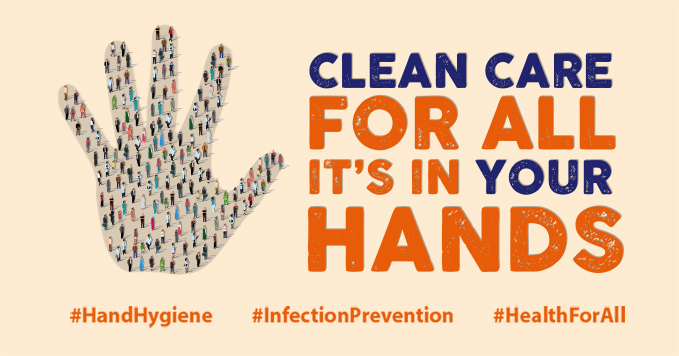To ensure you’re receiving the most up-to-date and accurate information, please choose the correct agency from the homepage. The DHEC website is no longer being updated and will be permanently unavailable Dec. 31, 2024.
Clean Hands Count: 3 Hand Hygiene Myth Busters in Recognition of World Hand Hygiene Day

World Hand Hygiene Day is Sunday, May 5. Even though it may seem trivial to review facts about hand-washing, there are many little known facts about proper hand sanitation.
Myth #1: Soap and water is better than alcohol-based hand sanitizer.
Alcohol-based hand sanitizer is more effective and less drying than soap and water. Sanitizers reduce bacterial counts on hands and are effective against multidrug-resistant organisms. Sanitizers generally cause less skin irritation than frequent use of soap and water as well.

Myth #2: Alcohol-based hand sanitizers eventually cause antibiotic resistance.
Alcohol-based hand sanitizers kill germs quickly and in a different way than antibiotics. There is no change for the germs to adapt or develop resistance.
Myth 3: The amount of product you use does not matter.
Use enough alcohol-based hand sanitizer to cover all surfaces of your hands. Rub your hands together until they are dry. Your hands should stay wet for around 20 seconds if you used the right amount.
Proper hand sanitation does not have to be difficult. Using an alcohol-based hand sanitizer is an efficient way to keep your hands healthy. Remember public surfaces such as gas pumps handles, door knobs, money, and toilets may carry highly contaminated microbes.
For more information about hand hygiene visit: https://www.cdc.gov/handhygiene/index.html.